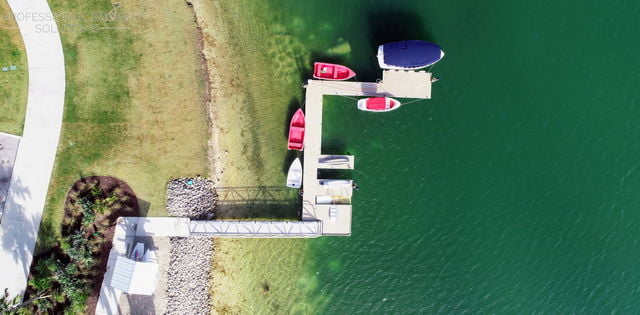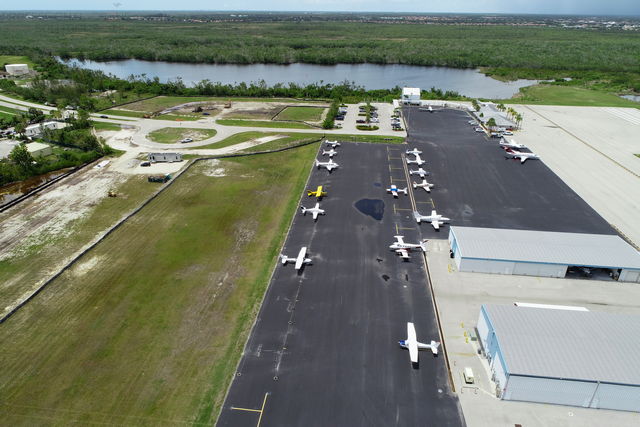Drone Checklists. Pilots use checklists.
You step in a plane. You look over and sigh in relief… 2D is a window seat. You put on your headphones and in the background a symphony of sounds, movements, and lights modulate. Most don’t realize all that’s going on from the second the plane pulls into the gate to the moments after the plane levels off somewhere in the ballpark of FL320.
The pilots however, are running through extensive checklists. As a pilot of a much smaller plane, I can say with certainty that if you fly drones, you should be using a checklist. In a 172, we have checklists that cover topics from the pre-flight inspection all the way to a mid-flight fire. Not having a checklist during a rare emergency like a fire could be the difference between a safe landing with a scorched engine cowl or a loss of life event.
Checklists are important because they lower mental fatigue on pilots. They ensure pilots can perform consistently. Ultimately, checklists increase safety and improve working conditions.
Checklist. What goes on it?
A good checklist will be short, sweet, and to the point while still covering the major areas of potential issues.
Our pre-flight checklist, the most important one we use at Professional Drone Solutions, is below
- Arrive, check in with client if requested or if client is present
- Remove equipment from vehicle as is necessary
- Check airframe of aircraft for damage
- Check propellers properly mounted and locked
- Insert SD card
- Insert battery and check fully secured
- Stop. Look around. Note structures, power lines, trees, obstacles, interesting shot areas.
- Open flight manual to flight ops page for the appropriate flight type
- Power drone on.
- Hover 2-3 ft from ground. Observe stable hover
- Spin slowly 360, check stable and expected rotation
- Check camera and gimbal are appropriately oriented and compass errors have not made them cockeyed
- Check SD card valid and check for plenty of capacity. Format if not.
- Flight op
As you can see, this checklist takes our field operator from arrival to takeoff. It doesn’t constitute a full manual as it does not describe how to do the things listed, like turning on equipment. However, it does cover all major steps to safely getting in the air. It goes above and beyond most pilots mental checks and formalizes safety in the field by mandating a 360 yaw (spin) and observation of a stable hover before entering an operational flight path.

Other Benefits of a drone checklist.
Naturally safety is a huge benefit of using a checklist, but are there other benefits? Yes. There are many benefits. From a mental fatigue standpoint, using a piece of paper to offload mental steps fosters creativity. Why? Its simple, the less time and effort pilots spend trying to remember to do simple safety things like checking propellers, the more time and energy they can put into thinking of the clients needs.
Looking for another reason to love checklists? Scalability. A checklist gives your organization a standard operating procedure to deviate from during missions.
Deviate from? I thought the point of a checklist was for pilots to strictly follow at all times?
Well, yeah. And no. Even the pre-flight checklist above that we use has deviations. Often these are additions to the list that are, for example, air frame specific. Our flight ops checklists are deviated from by omission of steps when a shot or shots are not required by our clients. But having the ability to tell a pilot “follow marketing photo checklist and omit shot 5″ is a much easier task than communicating the exact shot list every flight.




